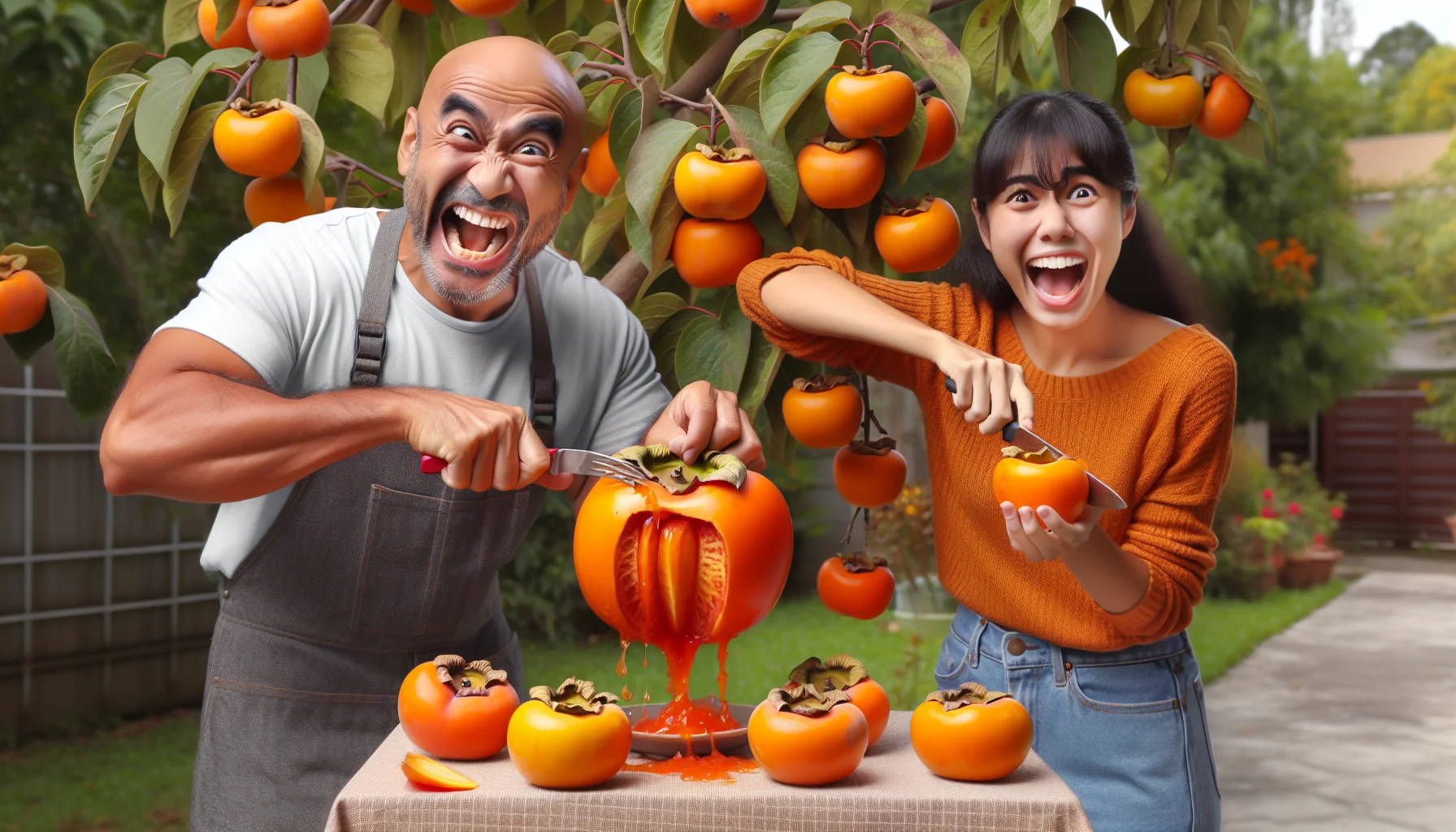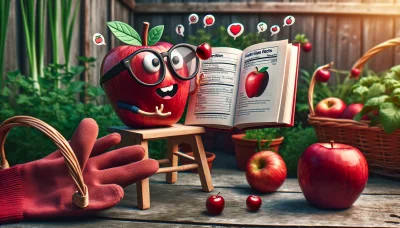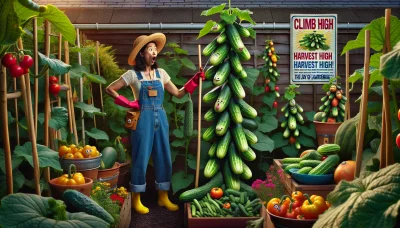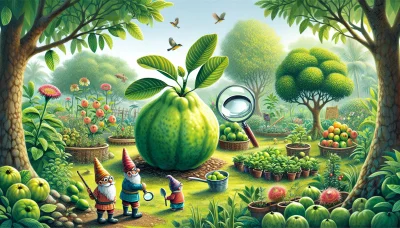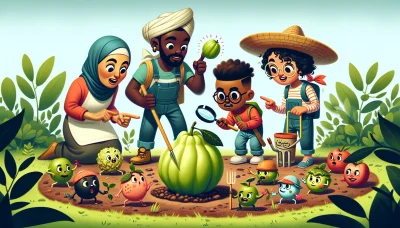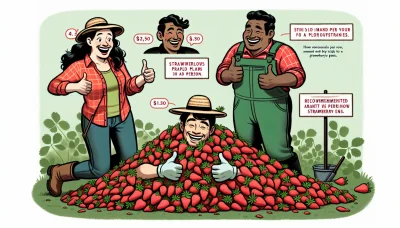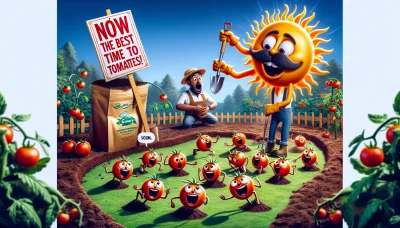Persimmon fruit how to eat Quiz
Test Your Knowledge
Question of
Introduction to Persimmons
Persimmons are a unique and versatile fruit that have gained popularity in both culinary and gardening circles. Originating from Asia, these fruits have adapted well to various climates, making them a favorite among gardeners looking to add both aesthetic beauty and practicality to their spaces. Persimmons are known for their vibrant orange color and sweet, honey-like flavor, which can vary slightly between the different varieties. The two main types of persimmons are the astringent and the non-astringent varieties, each offering distinct tastes and textures. Astringent persimmons, such as the Hachiya, must be fully ripe before consumption to avoid their characteristic puckery taste, while non-astringent types like the Fuyu can be enjoyed even when firm. Their adaptability to different growing conditions and the minimal care required to maintain them make persimmons a valuable addition to any garden, providing both delicious fruit and a striking visual display.
Types of Persimmons
- Fuyu (Diospyros kaki 'Fuyu') - A non-astringent variety that is sweet and can be eaten while still firm. Fuyu persimmons are squat and somewhat resemble tomatoes in shape.
- Hachiya (Diospyros kaki 'Hachiya') - A heart-shaped, astringent variety that needs to be fully ripe and soft before eating, otherwise it will have a bitter taste. Hachiyas are best used in baking or cooking once soft.
- American Persimmon (Diospyros virginiana) - Native to the eastern United States, this variety is smaller and can vary in sweetness. It's astringent and needs to be fully ripe before eating.
- Tanenashi (Diospyros kaki 'Tanenashi') - A cone-shaped, seedless variety that is astringent and needs to be jelly-soft before consumption. It is often used in puddings and smoothies.
- Chocolate Persimmon (Diospyros kaki 'Chocolate') - Named for its brownish flesh when ripe, this variety is non-astringent and has a sweet, rich flavor. It can be eaten firm or soft.
- Sharon Fruit (Diospyros kaki 'Triumph') - A type of Fuyu persimmon developed in Israel, known for being seedless and having a sweet flavor that can be enjoyed even when the fruit is firm.
How to Plant and Grow Persimmons
Persimmon trees are a delightful addition to any garden, offering not just delicious fruit but also beautiful foliage. To successfully grow persimmons, start by choosing a sunny spot with well-draining soil. Planting in the early spring as the soil warms is ideal. Ensure the tree is spaced properly, considering the mature size of the variety you have chosen. Water deeply but infrequently to encourage deep root growth, and apply mulch to retain soil moisture and regulate temperature. Fertilize with a balanced fertilizer after the first year of growth to support fruit production. Pruning is essential for persimmons; do it during the dormant season to maintain shape and promote healthy growth. With patience and proper care, your persimmon tree will start bearing fruit in a few years, rewarding you with sweet, vibrant produce every fall.
When and How to Harvest Persimmons
Persimmons are a unique and delicious fruit that require a bit of patience to harvest at just the right time. The key signs of ripeness include a deep orange color and a slight softness to the touch. It's important to wait until the fruit is fully ripe before picking, as persimmons can be quite astringent if harvested too early. To harvest, gently twist the fruit off the branch, being careful not to damage the delicate skin. If the fruit is stubborn, use pruning shears to cut the stem, leaving about an inch attached to the fruit. Remember, patience is key with persimmons; they will reward you with their sweet, honey-like flavor when harvested at the peak of ripeness.
How to Eat Persimmons
- Select ripe persimmons that are soft to the touch. If they are hard, allow them to ripen at room temperature until they soften.
- Wash the persimmon under cold water to remove any dirt or residue from the skin.
- If you prefer to eat the persimmon without the skin, you can peel it using a vegetable peeler or a knife. Start at the top and work your way down in a circular motion.
- To cut the persimmon, first remove the leafy top with a knife. Then, you can slice the fruit into wedges or cut it into rounds, depending on your preference.
- If there are any seeds, remove them as they can be quite hard.
- Persimmons can be eaten raw, added to salads, or used in recipes such as jams, desserts, and smoothies. Enjoy the sweet, honey-like flavor of the fruit.
- Tip: If you encounter astringent persimmons (usually the Hachiya variety), make sure they are fully ripe and jelly-soft before eating to avoid an unpleasant, chalky taste.
- Tip: Non-astringent persimmons (like the Fuyu variety) can be eaten while still firm and crisp, similar to an apple.
Persimmon Recipes for Gardeners
| Recipe Name | Ingredients | Preparation Time |
|---|---|---|
| Persimmon Pudding | Persimmons, sugar, flour, eggs, baking soda, cinnamon | 1 hour |
| Persimmon Salad | Persimmons, arugula, walnuts, feta cheese, balsamic vinaigrette | 15 minutes |
| Spiced Persimmon Bread | Persimmons, flour, sugar, vegetable oil, eggs, nutmeg, cloves | 1 hour 20 minutes |
| Persimmon Smoothie | Persimmons, banana, almond milk, honey, cinnamon | 10 minutes |
Benefits of Growing Persimmons
Persimmons are not only a delicious and versatile fruit but also offer a range of health benefits, making them a fantastic addition to any garden. Rich in vitamins A and C, persimmons can help boost the immune system, improve eye health, and contribute to healthy skin. Moreover, they are a good source of dietary fiber, which aids in digestion and can help in weight management. Growing persimmons in your own garden ensures that you have access to fresh, organic fruit free from pesticides. It also allows you to experience the joy of harvesting your own produce, which can be a rewarding and educational process for both adults and children. Furthermore, persimmon trees can add beauty to your garden with their vibrant orange fruits and lush foliage, enhancing the overall aesthetic of your outdoor space.
